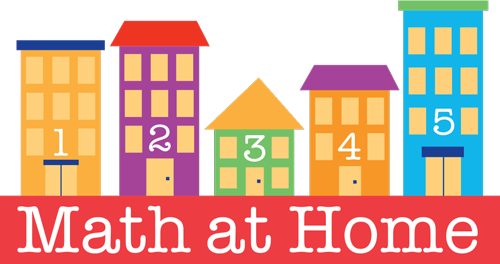3D Forms
- 6A
- 6B
- 6C
- 6D
- 7A
- 7B
- 7C
- 8A
- 8B
- 9A
- 9B
- 10A
- 10B
- 10C

N1: Understand numbers, ways of representing numbers, relationships among numbers, and number systems
N2: Understand meanings of operations and how they relate to one another
N3: Compute fluently and make reasonable estimates
A1: Understand patterns, relations, and functions
A2: Represent and analyze mathematical situations and structures using algebraic symbols
A3: Use mathematical models to represent and understand quantitative relationships
A4: Analyze change in various contexts
G1: Analyze characteristics and properties of two- and three-dimensional shapes and develop mathematical arguments about geometric relationships
G2: Specify locations and describe spatial relationships using coordinate geometry and other representational systems
G3: Apply transformations and use symmetry to analyze mathematical situations
G4: Use visualization, spatial reasoning, and geometric modeling to solve problems
M1: Understand measurable attributes of objects and the units, systems, and processes of measurement
M2: Apply appropriate techniques, tools, and formulas to determine measurements
D1: Formulate questions that can be addressed with data and collect, organize, and display relevant data to answer them
D2: Select and use appropriate statistical methods to analyze data
D3: Develop and evaluate inferences and predictions that are based on data
D4: Understand and apply the basic concepts of probability
Demonstrate and apply a knowledge and sense of numbers, including numeration and operations.
6A: Demonstrate beginning understanding of numbers, number names, and numerals.
Demonstrate and apply a knowledge and sense of numbers, including numeration and operations.
6B: Add and subtract to create new numbers and begin to construct sets.
Demonstrate and apply a knowledge and sense of numbers, including numeration and operations.
6C: Begin to make reasonable estimates of numbers.
Demonstrate and apply a knowledge and sense of numbers, including numeration and operations.
6D: Compare quantities using appropriate vocabulary terms.
Explore measurement of objects and quantities.
7A: Measure objects and quantities using direct comparison methods and nonstandard units.
Explore measurement of objects and quantities.
7B: Begin to make estimates of measurements.
Explore measurement of objects and quantities.
7C: Explore tools used for measurement.
Identify and describe common attributes, patterns, and relationships in objects.
8A: Explore objects and patterns.
Identify and describe common attributes, patterns, and relationships in objects.
8B: Describe and document patterns using symbols.
Explore concepts of geometry and spatial relations.
9A: Recognize, name, and match common shapes.
Explore concepts of geometry and spatial relations.
9B: Demonstrate an understanding of location and ordinal position, using appropriate vocabulary.
Begin to make predictions and collect data information.
10A: Generate questions and processes for answering them.
Begin to make predictions and collect data information.
10B: Organize and describe data and information.
Begin to make predictions and collect data information.
10C: Determine, describe, and apply the probabilities of events.